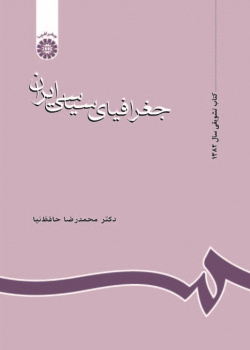

Political Geography of Iran
In scientific classifications, the political geography is considered to be a branch of human geography. The scientific basis of this branch of geography was laid by Frederick Ratzel (1844-1904), the well-known German geographer. From an interpretative point of view, the political geography studies and analyzes the politically organized regions such as countries and independent states. From cause and effect viewpoint, these are the interactions between the political or spatial-geographical variables which provide the subjects for science of political geography.
The sources of the political geography for their subject matter chiefly focus upon the phenomenon of state or the politically organized regions. They inspect the body, elements, characteristics and the behavior of the states. Therefore, the political geography concentrates on the different aspects of states such as the cause of its establishment, location, political focus, regional features, nation, political system, political structure of the milieu, spatial pattern of power distribution, relation with
other states, national power, pattern of land management and the bonds between the various levels of the state and the public in running the country’s affairs.
Accordingly, the book, in six chapters, has discussed the principal elements of country and state in Iran, the raison d’être of the state, the nation and the government, the political structure of the milieu, and the spatial pattern of political and executive power in Iran.
Compiled for the BA and MA students of geography as the main textbook for the course “The political geography of Iran”, this book discusses the principal elements of country and state in Iran, the raison d’être of the state, the nation and the government, the political structure of the milieu, and the spatial pattern of political and executive power in Iran.
Selected Book of the 12th Best Academic Book Award, 2003
Praised in the 21st Book of the Year Award, 2003





